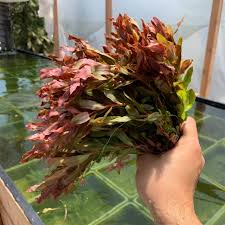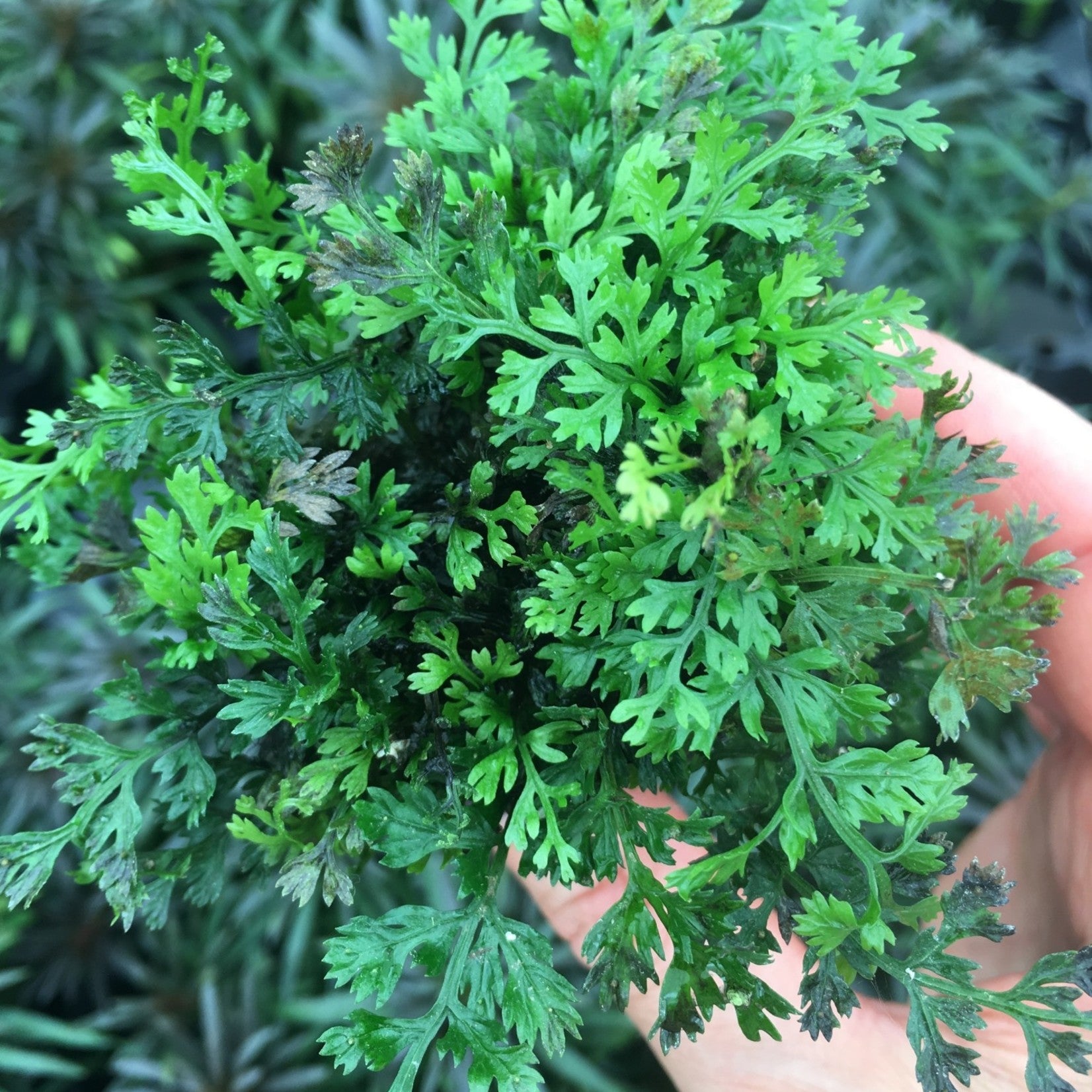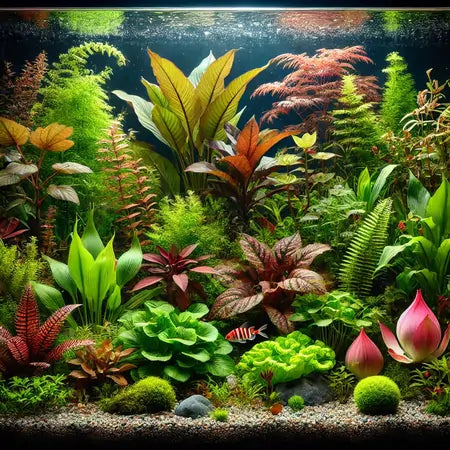Trending searches
$0

Low light plants are an excellent choice for beginners because they require minimal sunlight to thrive, making them ideal for indoor spaces with limited natural light. These plants are known for their ability to adapt to shade and can add a touch of green to any room without needing constant sunlight. Additionally, low light plants are relatively low maintenance, making them perfect for those new to plant care.
When starting out with plants, low light plants are a great choice because they require less sunlight to thrive. This means you can place them in rooms with limited natural light and still enjoy their greenery. Low light plants are generally more forgiving of occasional neglect, making them easier to care for and perfect for beginners.
There are several common types of low light plants that are perfect for beginners. Some popular choices include peace lilies, spider plants, pothos, ZZ plants, and snake plants. These plants thrive in low light conditions, making them ideal for indoor spaces with little natural sunlight. Each of these plants has unique features that make them easy to care for and suitable for those new to plant parenthood.
Low light plants are great for those who are new to plant care. They thrive in areas with minimal natural light and are easy to maintain. Some benefits of having low light plants in your home include:
Low light plants are perfect for beginners since they require minimal attention. Here are some easy care tips for your low light plants:
When choosing a spot for your low light plants, remember that they thrive in areas with minimal sunlight. Here’s some advice to help you find the perfect location:
To propagate low light plants, you can use stem cuttings, leaf cuttings, or division. To propagate using stem cuttings, follow these steps:
For propagating using leaf cuttings, choose a healthy leaf and follow these steps:
Division involves separating a plant into smaller sections, each with roots attached.
Propagating low light plants through these methods can be a rewarding way to expand your plant collection and share plants with friends.
You can display low light plants creatively by using hanging planters, placing them in decorative pots, or arranging them on shelves to add a touch of green to your space. Terrariums are also a stylish option for showcasing low light plants and creating a mini indoor garden. Another idea is to group different low light plants together to create a diverse display that adds visual interest to your home.
If your low light plants are looking a bit sad, it might be due to overwatering. Ensure the soil is dry before watering again, as these plants don’t need much water to thrive. Check for pests like spider mites or mealybugs, which can harm your plants. Trim yellowing leaves to encourage new growth. Lastly, consider moving your plant to a slightly brighter spot if it’s struggling.
Low light plants are perfect for beginners because they are easy to care for and can thrive in environments with minimal sunlight. Remember to choose plants that are suitable for your space and lifestyle to ensure they stay healthy and happy. Here are some final tips to keep in mind when selecting low light plants:



Check out our shop for a variety of fresh, farm-grown plants! Find the perfect options to enhance your aquarium today.
!